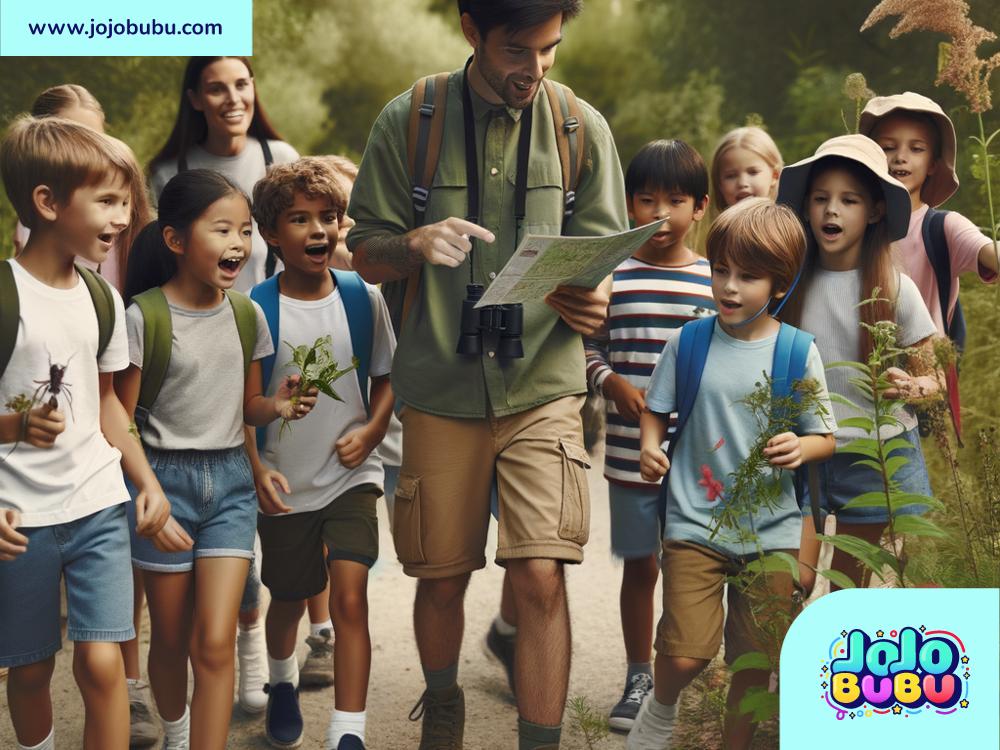The Joy of Learning Through Educational Excursions
Learning doesn’t always have to be confined to the walls of a classroom. Sometimes, the best lessons are learned outside, in the real world. Educational excursions offer students the unique chance to combine fun with learning. These outings take children to places like museums, historical sites, nature reserves, factories, and even other communities. They help students see concepts taught in books come alive and leave them with memories that make education more exciting and meaningful.
What Are Educational Excursions?
Educational excursions are trips organized by schools or educational institutions that allow students to visit places relevant to their studies. These outings are usually planned to expand students’ knowledge, create hands-on learning opportunities, and spark curiosity about the world. Whether it’s visiting a science center to learn about experiments, exploring historical landmarks, or hiking in a forest to study plants and animals, educational excursions help connect classroom lessons to the real world.
They are not simply fun outings; they are structured experiences designed to teach. Teachers usually provide activities or worksheets to guide students during the visit, ensuring that the trip is both entertaining and educational.
Why Are Educational Excursions Important?
Educational excursions are beneficial for students in many ways. Here are a few key reasons why schools should encourage them:
- Learning Beyond Textbooks:
Books are often limited to words and pictures on a page. Educational excursions offer students a chance to see places, objects, or concepts in real life. For example, reading about colonial history in a textbook is one thing, but visiting a historical fort or museum allows students to experience the past in a concrete, unforgettable way.
- Hands-On Experience:
Students learn better when they can touch, see, and explore. Imagine a science class studying ecosystems—how much more exciting and impactful would it be to take students to a nearby wetland or forest and let them observe plants, animals, and their interactions firsthand? These experiences help students retain information better because they’ve lived through the learning process.
- Making Education Fun:
Endless hours staring at a chalkboard or staring at a screen can make students bored and disengaged. Excursions break the routine! They make learning joyful and exciting, encouraging students to look forward to lessons and helping them explore subjects with renewed curiosity.
- Cultural Awareness:
Trips to historical, cultural, or artistic sites expose students to other ways of life, fostering a deeper understanding of people, traditions, and history. For example, visiting an indigenous village or cultural exhibit can teach students about customs and values they might not typically encounter in their everyday lives.
- Teamwork and Social Skills:
Educational excursions don’t just teach academic lessons; they also build critical life skills. Students often work in teams during activities or tours, which helps them learn cooperation, communication, and problem-solving. The informal setting also encourages children to interact with their peers and teachers in different ways, building relationships and improving social skills.
- Memories That Stick:
Learning that happens during an excursion stays with students for a long time. Excursions involve sensory experiences—sights, sounds, smells—which create strong memories. Years later, students may forget more abstract lessons, but they’ll remember the time they dissected a flower in the botanical garden or calculated the height of an old castle during a math-based field trip.
Popular Destinations for Educational Excursions
There is no limit to where students can go to learn, but here are some popular choices for school excursions:
-
Museums: Science, art, history, and technology museums allow students to explore exhibits and artifacts related to what they’re learning. Interactive exhibits make the experience even more exciting.
-
Zoos and Aquariums: Trips to see animals teach children about wildlife, habitats, and conservation efforts. They can observe creatures they’ve only read about and learn to respect nature.
-
Historical Sites: Visiting old forts, temples, battlefields, or monuments helps students connect with historical events and figures.
-
Factories or Workshops: Students can see how products are made, like bread in a bakery, cars in a factory, or newspapers in a printing press.
-
National Parks and Nature Reserves: Wildlife parks and jungles are perfect for teaching biology, environmental studies, and geography.
-
Cultural Events: Festivals, theater performances, or art exhibitions help students appreciate creativity and tradition.
What Makes a Good Educational Excursion?
To make a trip successful, careful planning is essential. Here are a few tips for organizing a truly enriching excursion:
-
Clear Learning Goals: Teachers should decide what they want students to learn from the outing. This helps them choose the right destination and create related activities.
-
Proper Preparation: Students should be briefed beforehand about the trip’s purpose, what they’ll see, and the behavior expected of them.
-
Safety First: Safety is a top priority. Teachers should ensure transportation, supervision, and safety measures are in place.
-
Engaging Activities: Include activities that encourage students to interact with their surroundings. Worksheets, scavenger hunts, or group discussions are great tools.
-
Wrap-Up Discussion: After the trip, students should reflect on their experiences. This ensures they understand and remember what they learned.
Conclusion
Educational excursions are an excellent way to enhance learning and make it fun. They take lessons out of the classroom and immerse students in the real world. By seeing, touching, and experiencing information firsthand, students develop a deeper understanding of subjects and a greater curiosity for knowledge.
Every excursion is a chance to discover something amazing—whether it’s history, science, art, or nature—and creates memories that stay with students forever. Schools should embrace these trips to inspire young minds and show them that learning can be an adventure.

